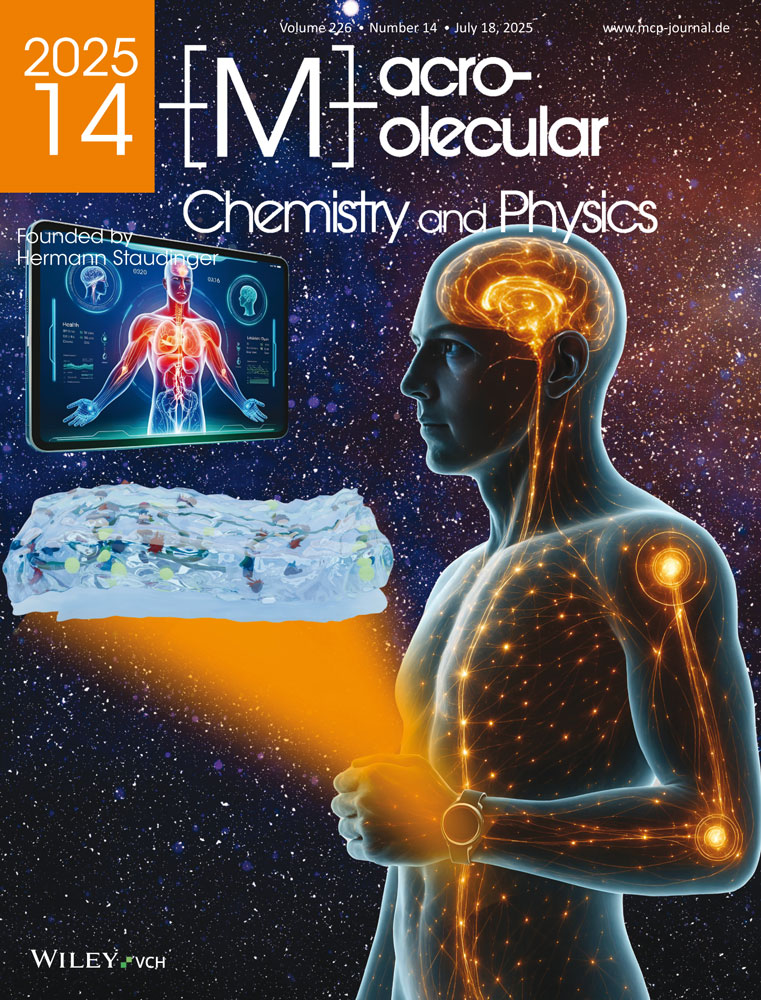Surface characterizations of copolymer films with pendant monosaccharides
Abstract
We copolymerized a monomer with a pendant glucose unit (GEMA) with methyl methacrylate (MMA) and prepared copolymer films with pendant monosaccharides by casting the copolymer solution on glass plates. The surfaces of the copolymer films were characterized by contact angle measurements, X-ray photoelectron spectroscopy (XPS) and protein adsorption measurements, and compared with the surface of 2-hydroxyethyl methacrylate (HEMA)-MMA copolymer films. The surface free energy of the GEMA-MMA and HEMA-MMA copolymer was calculated from the contact angle of methylene diiodide and glycerol on the copolymer films. The surface free energy of the films increased gradually with increasing GEMA or HEMA content. The surface free energy of GEMA-MMA copolymers was larger than that of HEMA-MMA copolymers in the whole range of composition. The results of XPS measurements suggest that the fraction of GEMA at the copolymer surface increases as the content of GEMA in the copolymer increases. This indicates that introduction of GEMA makes the copolymer surface more hydrophilic. Further more, the higher the GEMA content is, the smaller amounts of fibrinogen and γ-globulin are adsorbed at the copolymer surface. The copolymer with a GEMA content of 20 mol-% hardly adsorbs fibrinogen and γ-globulin at all.




